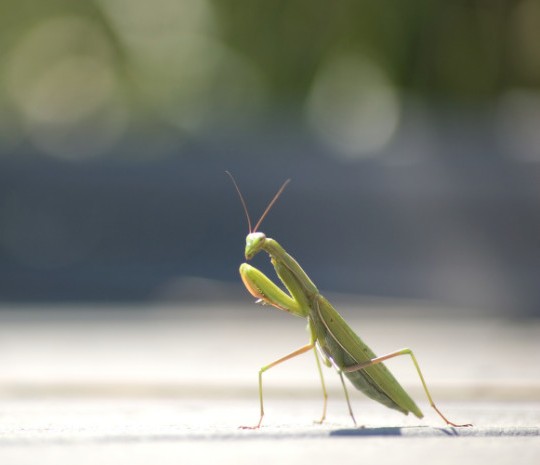 The Summer Olympics are in full swing, and we’ve got competition on the brain! As our favorite athletes take to the world stage, we couldn’t help but wonder who might give them a run for their money in the natural world. Our resident wildlife expert, Linda Cocca, shares her thoughts on some potential gold-medalists.
The Summer Olympics are in full swing, and we’ve got competition on the brain! As our favorite athletes take to the world stage, we couldn’t help but wonder who might give them a run for their money in the natural world. Our resident wildlife expert, Linda Cocca, shares her thoughts on some potential gold-medalists.
Diving: Long-tailed Ducks
Found in the coastal waters of Massachusetts during winter, the long-tailed duck can dive as far as 200 feet underwater. It uses its specially adapted wings to plumb the depths in search of food, including mollusks and crustaceans.
Gymnastics: Gray Squirrels
Able to climb trees, shimmy down poles, hang from their toes, and otherwise reach a food source in a single, 10-foot bound, these resourceful mischief-makers earn their medal.
Weight Lifting: Ants
Nature’s little powerhouses, ants can lift and carry more than three times their own body weight in order to build and feed their colonies. Not too shabby for something smaller than a thumbtack!
Long Jump: Fleas
Though they may be despised, there’s no denying that fleas have a remarkable jumping capabilities—they’re able to leap 800 times their body length!
Sprints: Cottontail Rabbits
Cottontail rabbits, which can be found throughout the state, can reach speeds of 18 mph when fleeing from danger. They use this speed and a zigzag-patterned gait to elude their many predators.
Boxing: Praying Mantis
The praying mantis uses its large, lightning-fast front legs to snatch up its prey, including moths, crickets, and other praying mantises. In fact, this predatory jabbing motion is so fast that it’s difficult to see with the naked eye.
Sailing: Flying Squirrels
Southern Flying Squirrels—the most common flying squirrels in Massachusetts—can glide through the air a distance of 200 feet using a wing-like membrane that extends from their wrists to their ankles. About the size of a baked potato, these little squirrels don’t flap but let the wind carry them aloft for smooth sailing.
Are we missing any? Share your favorite athletic animal in the comments and find more interesting facts at Living with Wildlife.
Photo via U.S. Fish and Wildlife Service

